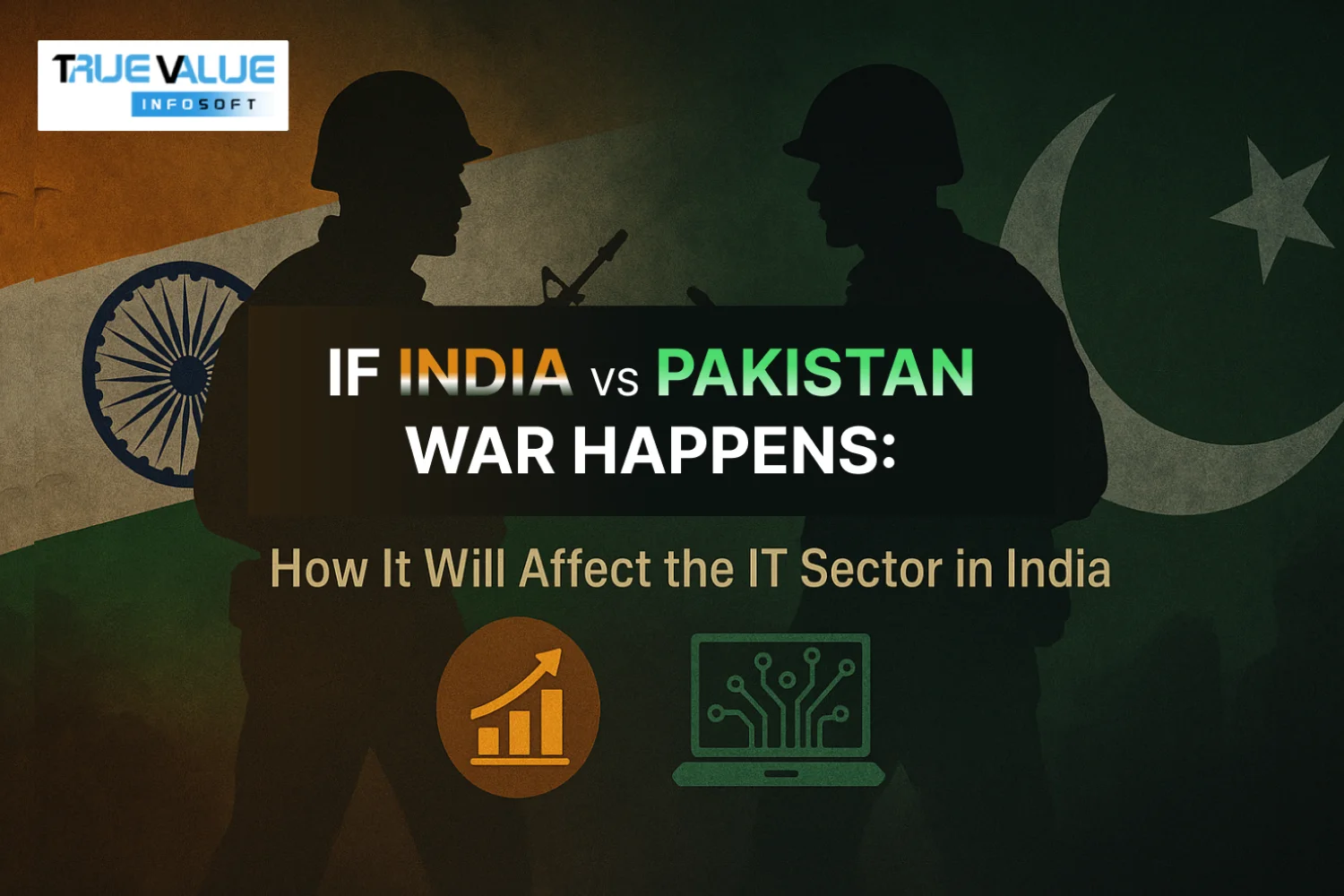Introduction
Have you ever wondered which Microsoft tool is right for your business: Power BI for analytics or Power Automate for workflows?
Choosing the right digital tool can mean the difference between thriving in the modern data-driven world and getting lost in a sea of inefficiency. With so many powerful platforms available, it’s crucial to know which one suits your specific needs.
At True Value Infosoft, the best app development company in India, we specialize in helping businesses leverage both Power BI and Power Automate to boost their operational efficiency and data-driven decision-making. With our expertise, you don’t just get technology—you get transformative solutions.
In this comprehensive 2025 guide, we’ll break down the key differences between Power BI and Power Automate, explore how they complement each other, and help you decide which tool is right for your business needs.
What is Power BI?
Power BI is a business intelligence and data visualization tool developed by Microsoft. It enables users to connect to various data sources, transform raw data into interactive dashboards, and share insights across an organization.
Key Functions of Power BI:
- Data Modeling
- Data Visualization
- Business Reporting
- Predictive Analysis (with AI Integration)
- Data Collaboration & Sharing
- Real-Time Analytics
Power BI allows organizations to make better, faster, data-driven decisions.
What is Power Automate?
Power Automate (formerly known as Microsoft Flow) is a cloud-based tool that automates repetitive tasks and processes across applications and services.
Key Functions of Power Automate:
- Workflow Automation
- Data Integration Across Platforms
- Scheduled Task Automation
- Event-triggered Actions
- Robotic Process Automation (RPA)
- AI-powered Workflow Automation
Power Automate helps businesses save time, reduce errors, and boost productivity by automating manual, repetitive workflows.
Difference Between Power BI and Power Automate
Here’s a deep dive into how Power BI and Power Automate differ:
| Factor | Power BI | Power Automate |
|---|---|---|
| Primary Purpose | Data visualization and business intelligence | Workflow automation and process improvement |
| Main Users | Analysts, Executives, Data Scientists | Operations teams, Developers, Admins |
| Key Output | Dashboards, Reports, Insights | Automated Workflows, Integrations, Notifications |
| Data Sources | Connects to databases, cloud services, spreadsheets | Connects apps like SharePoint, Outlook, Dynamics 365, SQL Server |
| AI Integration | Predictive analytics and insights | AI-based bots, form processing, and decision automation |
| Usage Context | "What is happening?" and "Why is it happening?" | "What should happen automatically?" |
| Customization | Custom reports, charts, KPIs | Custom workflows, logic apps, triggers, and actions |
| Cost Structure | Pro and Premium licenses for data analytics and sharing | Free, Premium, and Per-Flow plans for workflow automation |
| Skillset Needed | Data analysis and visualization | Basic logic understanding, workflow design |
When to Use Power BI
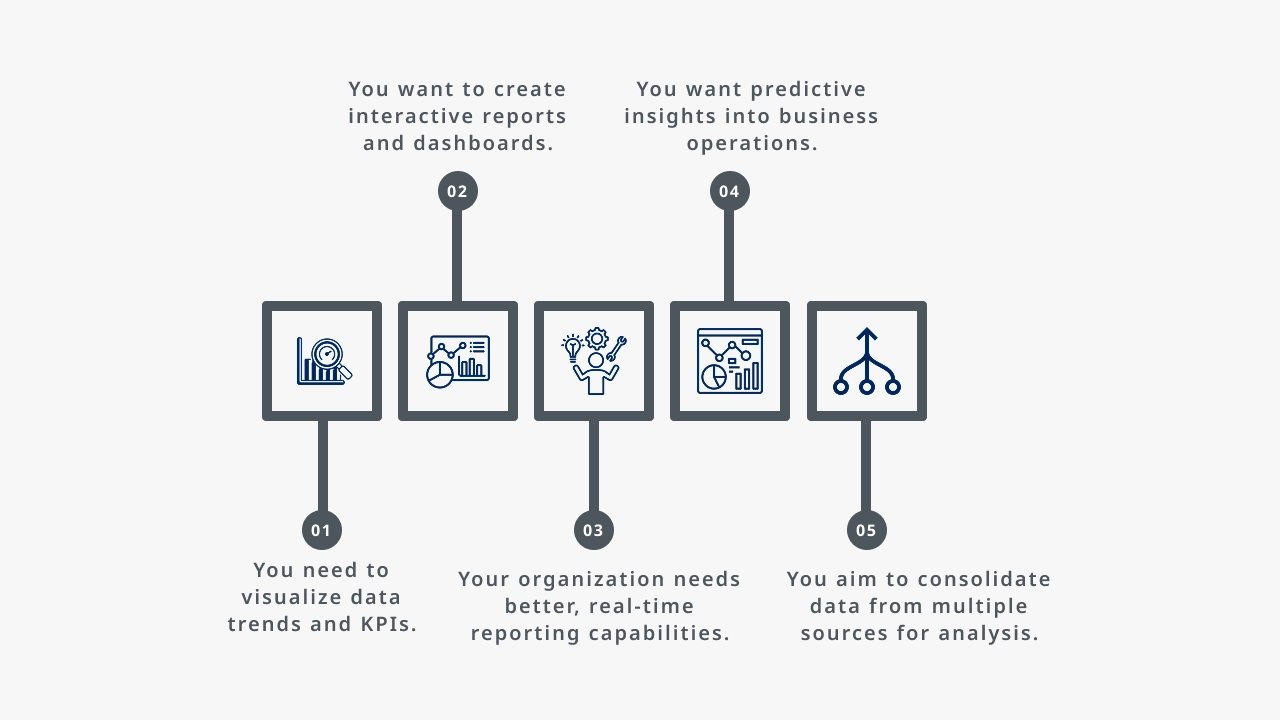
- You need to visualize data trends and KPIs.
- You want to create interactive reports and dashboards.
- Your organization needs better, real-time reporting capabilities.
- You want predictive insights into business operations.
- You aim to consolidate data from multiple sources for analysis.
When to Use Power Automate
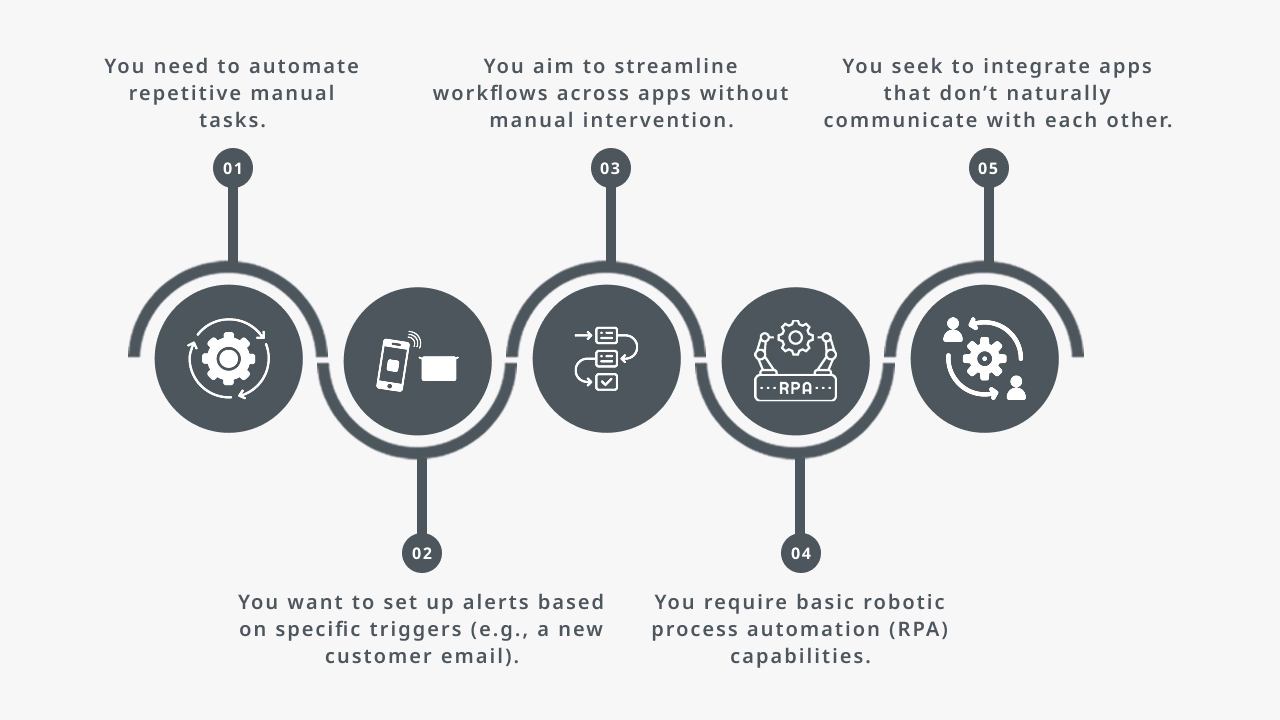
- You need to automate repetitive manual tasks.
- You want to set up alerts based on specific triggers (e.g., a new customer email).
- You aim to streamline workflows across apps without manual intervention.
- You require basic robotic process automation (RPA) capabilities.
- You seek to integrate apps that don’t naturally communicate with each other.
How Power BI and Power Automate Can Work Together
Interestingly, Power BI and Power Automate are often used together to create end-to-end automated business intelligence ecosystems.
Example:
- Power BI identifies that inventory is low.
- Power Automate automatically triggers a purchase order email to the supplier.
- Another automated notification is sent to the warehouse manager.
This data-to-action model is the future of intelligent business operations.
Why True Value Infosoft is the Best for Power BI and Power Automate Solutions
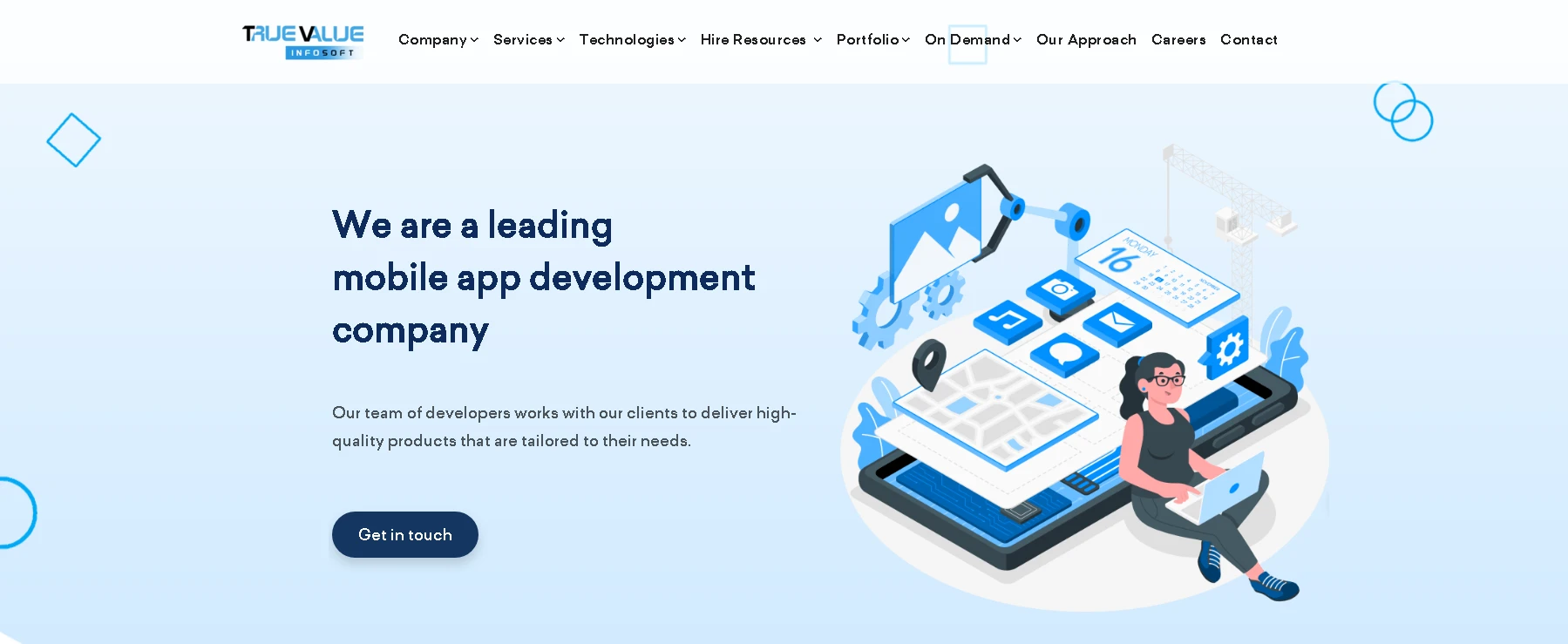
Choosing the right technology partner is crucial for maximizing the value of Power BI and Power Automate. Here’s why True Value Infosoft is the best choice:
1. Certified Microsoft Experts
Our teams are composed of Microsoft-certified professionals specializing in Power Platform solutions.
2. Seamless Integration Expertise
We don’t just deploy tools; we integrate them deeply into your business processes to drive tangible outcomes.
3. Custom-Tailored Solutions
At True Value Infosoft, we believe in tailor-made solutions—not cookie-cutter approaches.
4. Focus on ROI
Our Power BI dashboards and Power Automate workflows are designed with your business goals and measurable ROI in mind.
5. Post-Implementation Support
We offer 24/7 technical support, training sessions, and performance optimization services even after deployment.
6. Security & Compliance
We build solutions keeping in mind data privacy laws like GDPR, HIPAA, and local compliance frameworks.
Real-World Scenarios of Power BI and Power Automate Usage
Retail Industry
- Power BI for sales trend analysis.
- Power Automate to notify warehouse staff of low inventory.
Healthcare Industry
- Power BI for patient data visualization.
- Power Automate for automatic appointment confirmations.
Finance Sector
- Power BI for fraud detection dashboards.
- Power Automate for triggering alerts on suspicious transactions.
Education Sector
- Power BI for tracking student performance.
- Power Automate for automating course registration notifications.
Manufacturing Industry
- Power BI for production analytics.
- Power Automate for automating maintenance alerts.
Future of Power BI and Power Automate (2025 and Beyond)
- Deeper AI Integration: Automated decision-making based on predictive insights.
- Increased Cross-Platform Connectivity: More apps, more APIs.
- Smarter Workflows: Context-aware workflows powered by machine learning.
- Natural Language Queries: You’ll talk to Power BI and Power Automate like you talk to Alexa or Siri.
The lines between data analytics and automation are blurring—and True Value Infosoft is here to lead you into that future.
Conclusion
In today’s competitive landscape, understanding the difference between Power BI and Power Automate is crucial for making the right technology decisions.
While Power BI helps you make sense of your data, Power Automate makes your operations more efficient.
Together, they are a formidable duo for any business aiming to be truly digital and intelligent.
At True Value Infosoft, the best app development company in India, we are committed to delivering cutting-edge Power Platform solutions that drive real results. Whether you need advanced data analytics or seamless workflow automation, our team is ready to help you succeed.
FAQs
Power BI is primarily for data visualization and analytics, while Power Automate is used for automating workflows and repetitive tasks.
Yes! Many businesses use Power BI to generate insights and Power Automate to trigger actions based on those insights, creating a complete smart workflow.
No, they are licensed separately, although they belong to the Microsoft Power Platform. Some Microsoft 365 plans include basic Power Automate functionality.
True Value Infosoft offers certified experts, customized solutions, deep integration experience, and a strong focus on security, ROI, and post-deployment support.
Costs vary based on the complexity, scale, and customization needed. True Value Infosoft offers flexible packages tailored to meet specific business needs and budgets.
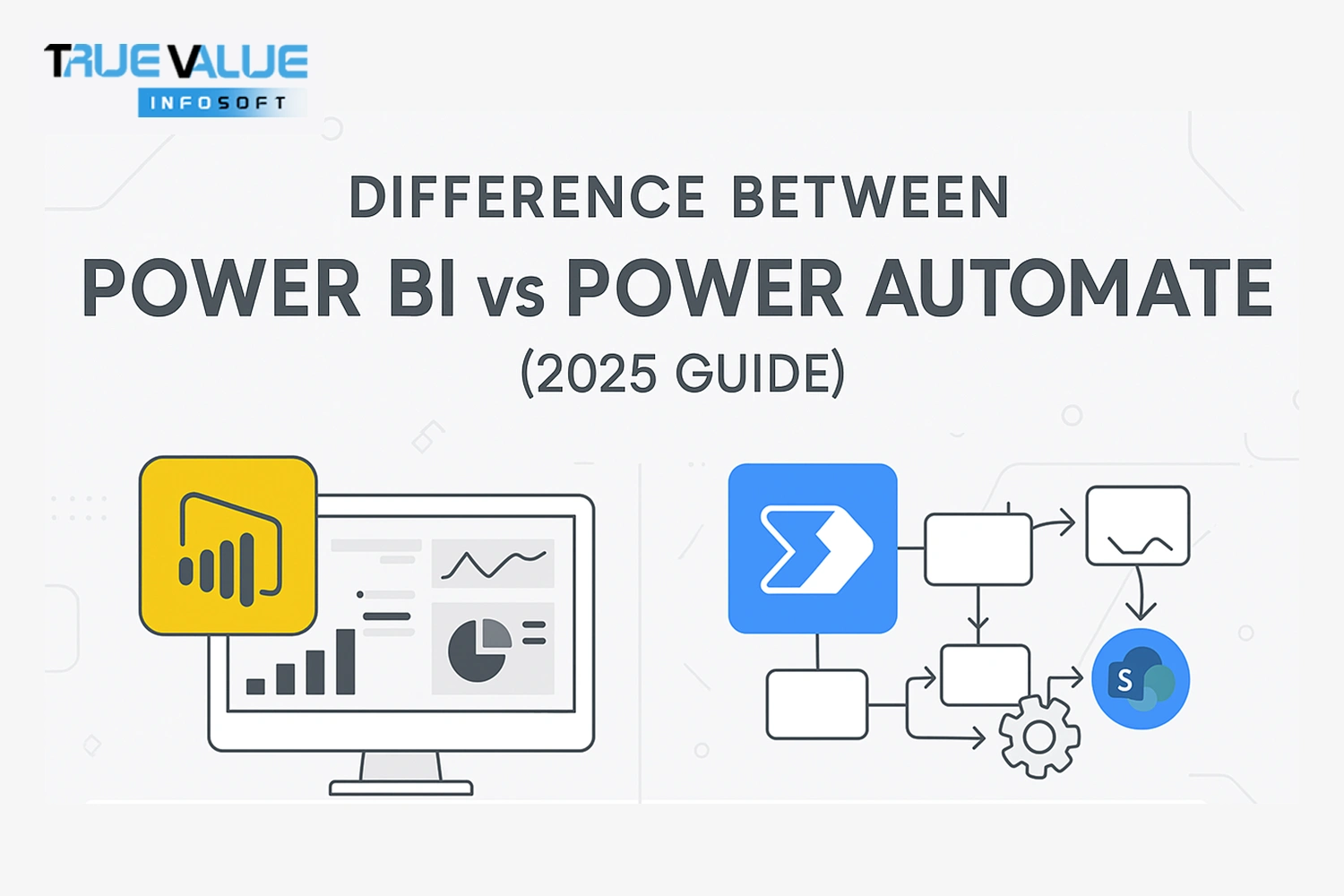

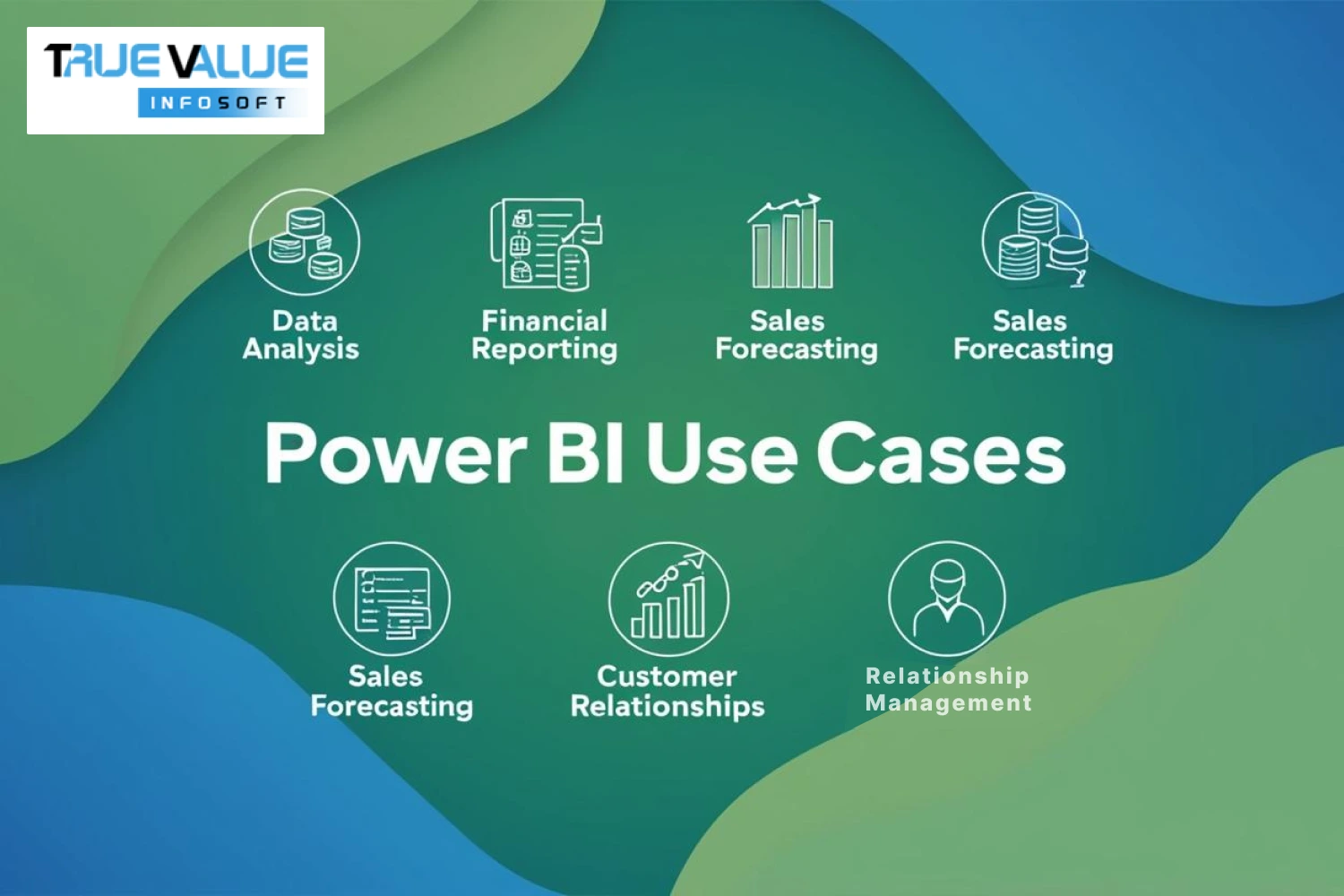
![How Much Does Taxi App Development Cost? [2025] How Much Does Taxi App Development Cost? [2025]](assets/img/blog/taxi-app-cost-2025.webp)

